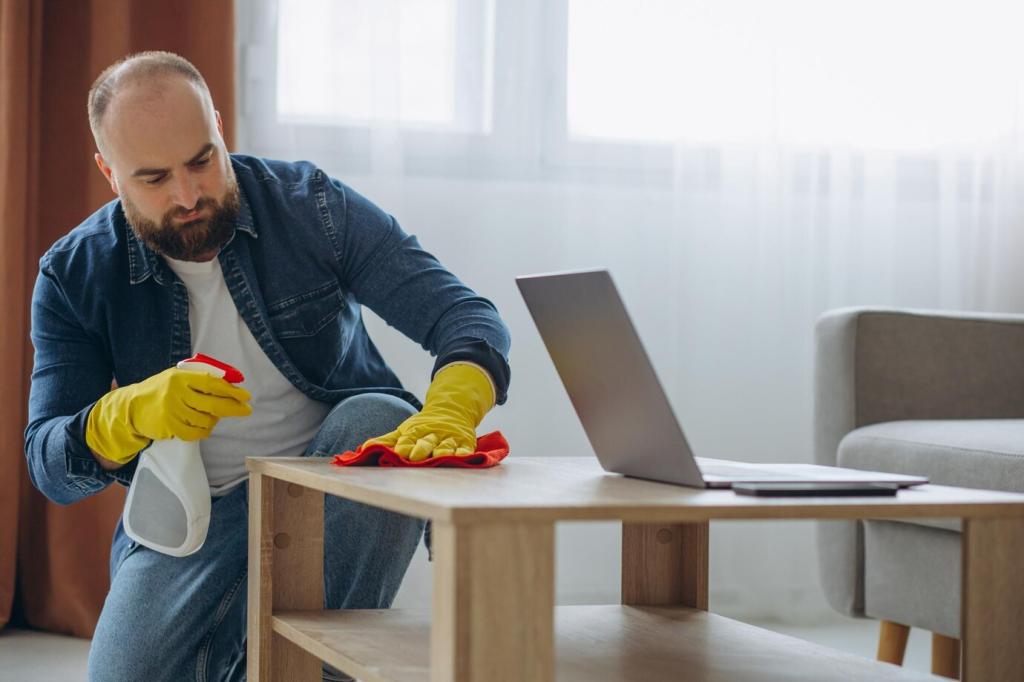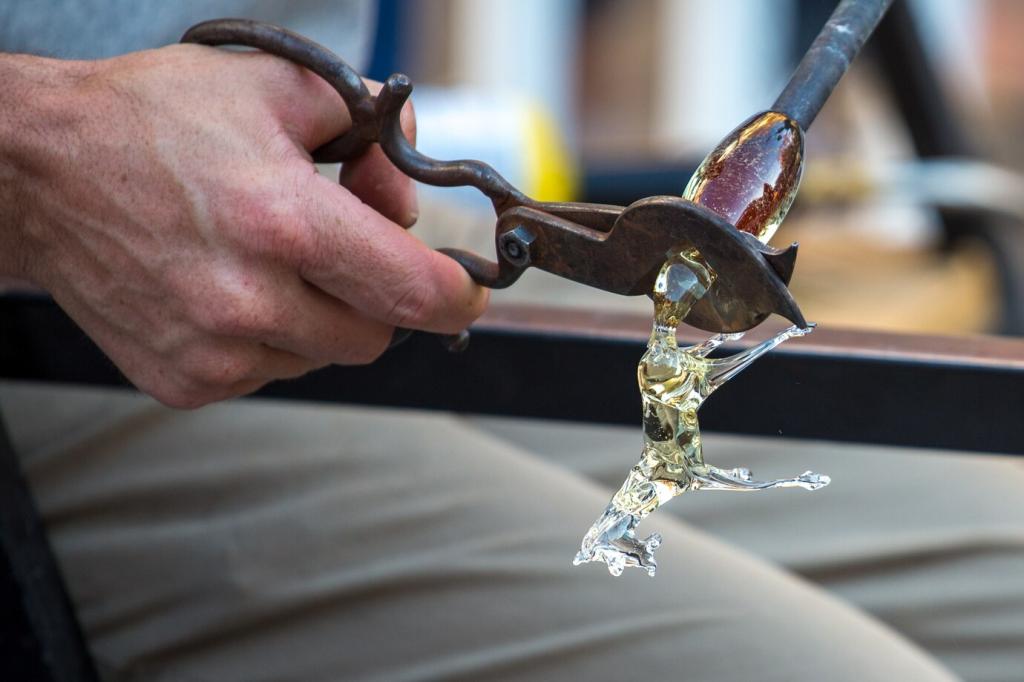A Heirloom Saved: The Sideboard That Found Its Shine
An inherited walnut sideboard arrived dull, with white rings and drawers that felt glued shut every summer. Instead of stripping, we mapped problems, noted past repairs, and planned reversible steps. Share your initial assessment checklist with fellow readers.
A Heirloom Saved: The Sideboard That Found Its Shine
We started with pH-neutral soap in distilled water, working inch by inch with cotton cloths and swabs. Nicotine film lifted slowly, and the grain popped alive again. Tell us your favorite patience-testing cleaning moments that paid off beautifully.



